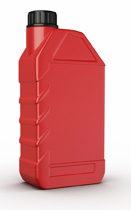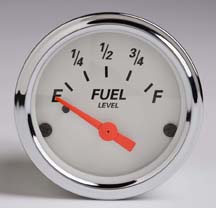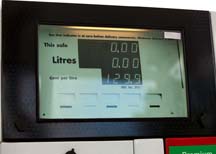Lesson 4
1. Lesson 4
1.4. Explore 3
Module 6: Measurement
You have practised judging the precision and accuracy of a variety of devices. You will now apply this to more vehicle measurements.
As you saw in Try This 1, the instrument panel on a vehicle’s dashboard provides some specific measurements important to the driver. However, there are other important measurements relative to the running of the vehicle that do not appear on the dashboard. For example, the volumes of various fluids are important for a vehicle to function properly. The following exercise looks at different tools for measuring fluid volumes in a vehicle.
Try This 3
Review the images and then answer the questions that follow.
Comstock/Thinkstock |
iStockphoto/Thinkstock Oil can be purchased in 1-L containers. |
Comstock/Thinkstock Fuel is measured on a gauge on the dashboard. |
Wavebreak Media/Thinkstock Fuel can be purchased in any amount. |
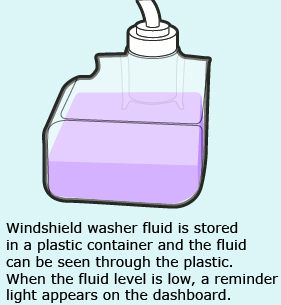 |
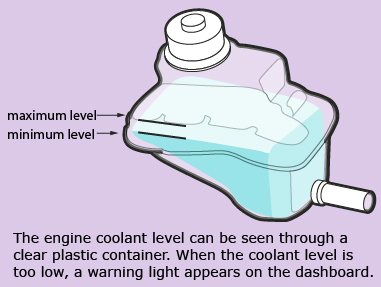 |
||
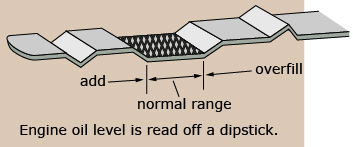 |
|||
- Take note of the different ways of measuring the volume of fluids the next time you are looking under the hood of a vehicle. Do you believe it is more important for these measures to be accurate or precise? Explain.
- Is it reasonable to say that looking at the windshield washer fluid reservoir gives an accurate reading? Explain.
- Is it reasonable to say that looking at the windshield washer fluid reservoir gives a precise reading? Explain.
- Determine the uncertainty of the fuel gauge on the car and the fuel gauge on the gas pump. Which has a smaller uncertainty? Why do you think this is the case?
![]() Save your responses in your course folder.
Save your responses in your course folder.
Share 2
With a partner or in a group, consider your answers to Try This 3 and answer the following questions.
- Many of the volume measurements in a vehicle do not involve numbers. Is it still possible to get an accurate measurement? Is it still possible to get a precise measurement?
- How would you describe the tolerance for the level of engine oil, windshield washer fluid, engine coolant, and fuel for a vehicle?
![]() If required, place a summary of your discussion in your course folder.
If required, place a summary of your discussion in your course folder.

